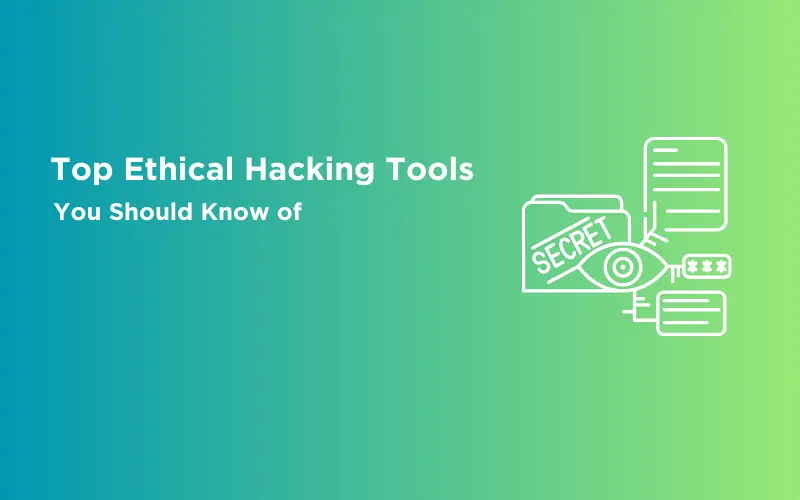
Top Ethical Hacking Tools You Should Know of
Apr 10, 2025 8 Min Read 5002 Views
(Last Updated)
Have you ever wondered how the good guys protect our digital world from bad guys on the internet? Well, they have some special tools, and they’re here to help us stay safe online. Imagine you have a secret superpower to find and fix the hidden cracks in the walls that protect your home. These superheroes, known as ethical hackers, use their keyboard skills and special tools to find and patch up the weak spots in our digital world. They’re like our online guardians!
But what are these tools that help them do their job? How do they find problems, figure out what’s wrong, and make things better? In this blog post, we’ll take a fun journey into the world of top ethical hacking tools. We’ll explore these tools, see how they work, and learn how they help keep our online world safe.
So, get ready to dive into the world of ethical hacking and discover the tools that make our online world a safer place for everyone.
Table of contents
- Ethical Hacking Network Scanning Tools
- Nmap (Network Mapper)
- Wireshark
- Angry IP Scanner
- Ethical Hacking Vulnerability Scanning Tools
- OpenVAS (Open Vulnerability Assessment System)
- Nessus
- Nexpose
- Ethical Hacking Password Cracking Tools
- John the Ripper
- Hashcat
- Hydra
- Ethical Hacking Exploitation Tools
- Metasploit
- Burp Suite
- SQLMap
- Ethical Hacking Wireless Hacking Tools
- Aircrack-ng
- Reaver
- Fern Wi-Fi Cracker
- Ethical Hacking Forensic Tools
- Autopsy
- EnCase
- The Sleuth Kit (TSK)
- Ethical Hacking Social Engineering Tools
- Social-Engineer Toolkit (SET)
- BeEF (Browser Exploitation Framework)
- Ethical Hacking Reporting Tools
- Dradis Framework
- Faraday
- Legal and Ethical Considerations in Ethical Hacking
- The Importance of Responsibility and Legal Compliance
- Ethical Guidelines for Ethical Hackers
- Conclusion
- FAQs
- What are the essential ethical hacking tools for beginners?
- Are all ethical hacking tools legal to use?
- What is the difference between open-source and commercial ethical hacking tools?
Ethical Hacking Network Scanning Tools
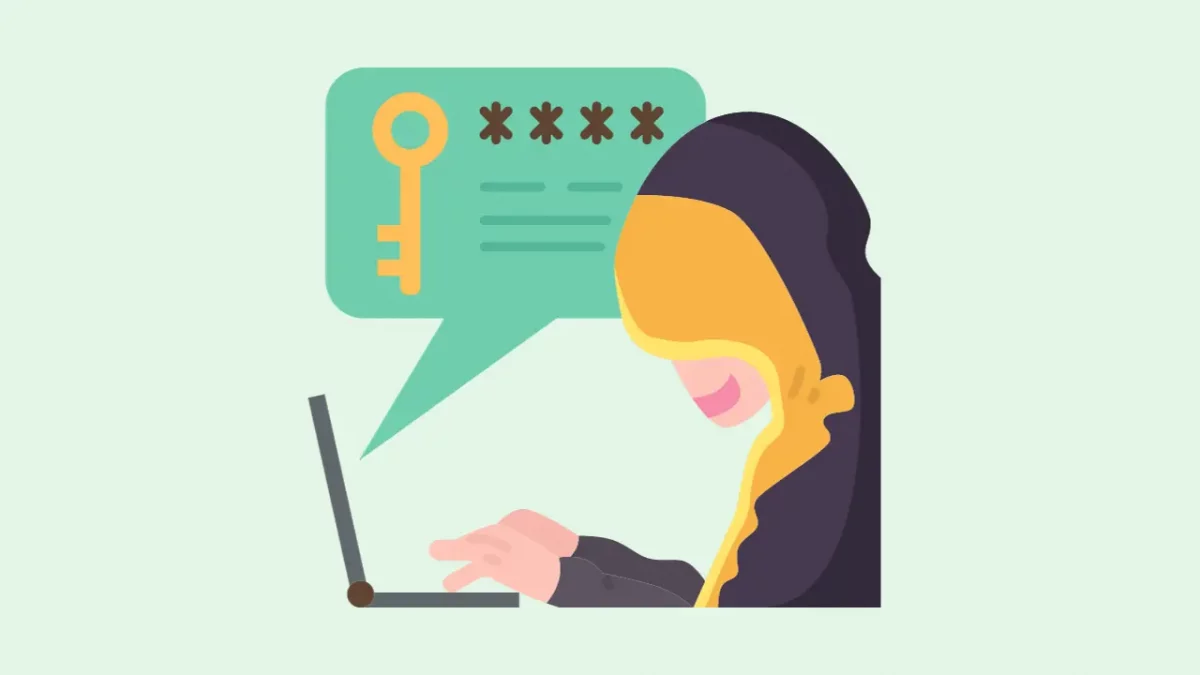
Network scanning is the cornerstone of ethical hacking. It’s like having a digital map that allows ethical hackers to explore and understand a computer network’s layout and vulnerabilities. By scanning networks, they can identify open doors and potential weak points that malicious hackers might exploit. In this section, we’ll introduce you to some essential network scanning tools that ethical hackers rely on:
Nmap (Network Mapper)
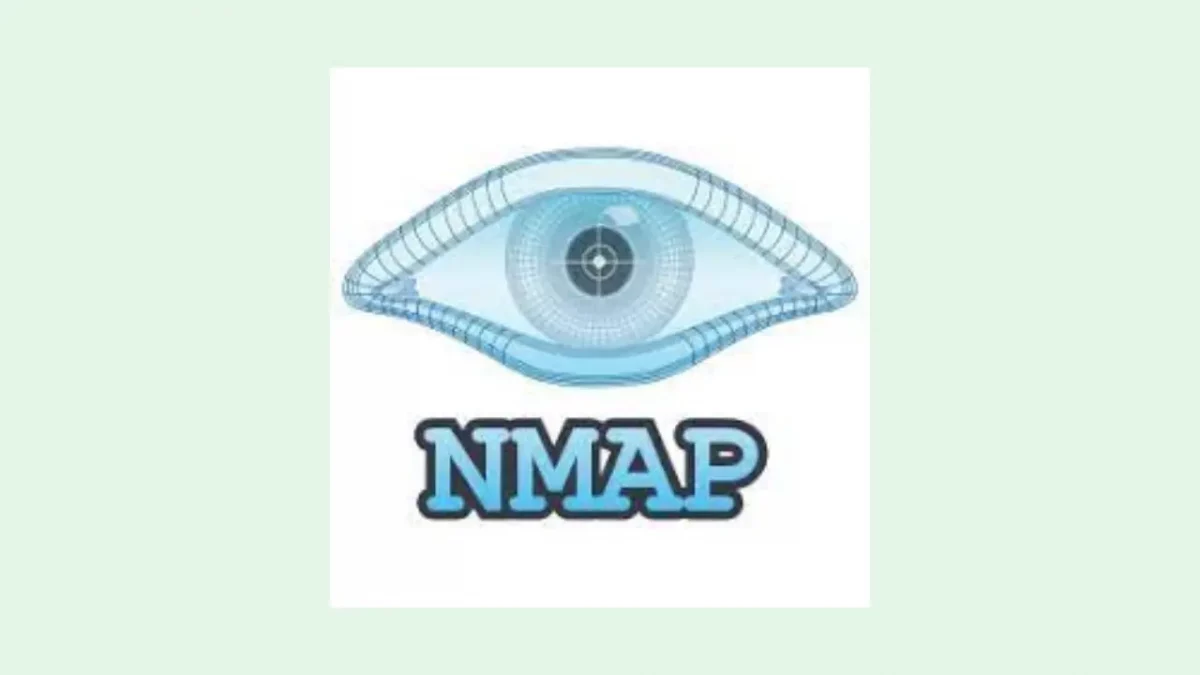
Nmap is the Swiss Army knife of network scanning tools. It helps ethical hackers discover devices on a network, find open ports, and detect services running on those ports. Nmap sends out specially crafted packets to target devices and analyzes the responses. This helps it create a detailed map of the network, including information about each device’s operating system, services, and potential vulnerabilities.
Wireshark
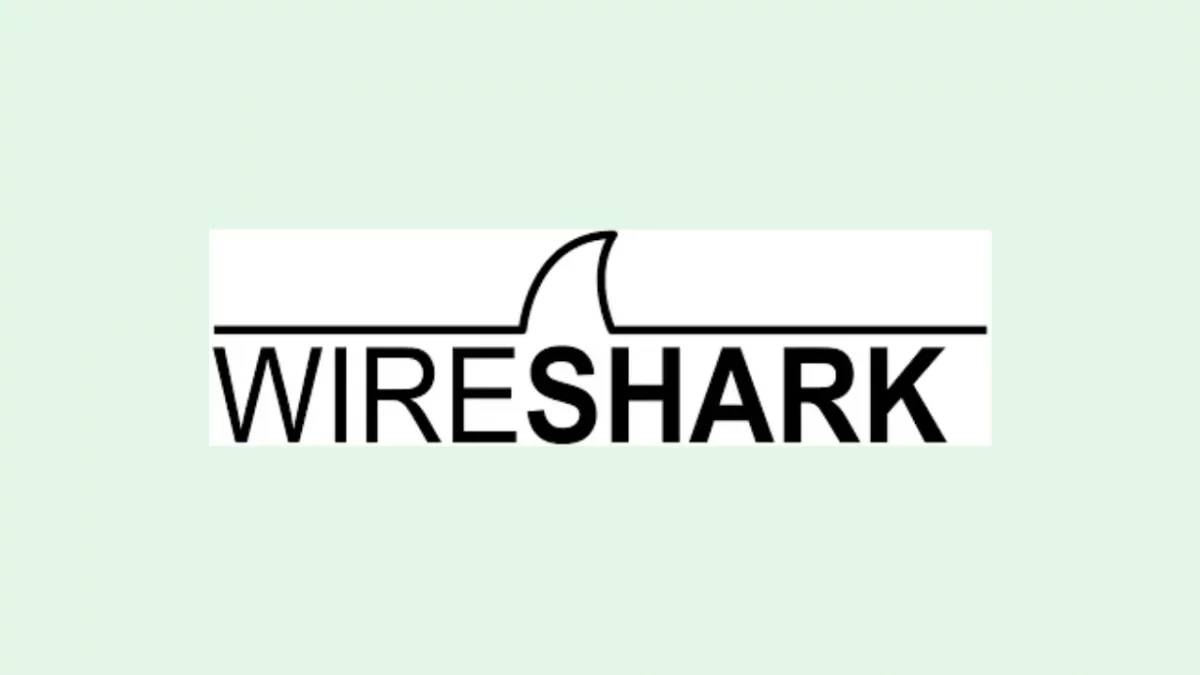
Wireshark is like a digital microscope for network traffic. It allows ethical hackers to capture and analyze data packets traveling across a network, helping them understand network behavior and identify potential security issues. Wireshark captures packets in real time, allowing users to inspect the content of these packets, including protocols, data payloads, and source/destination information.
Angry IP Scanner
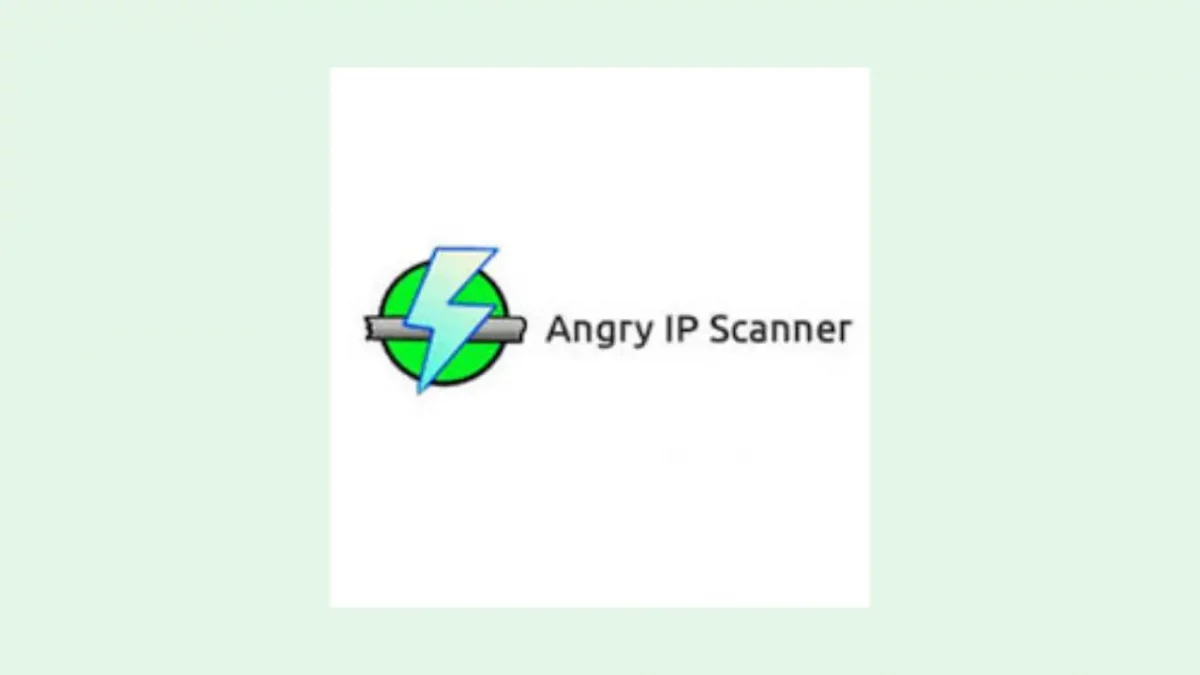
Angry IP Scanner is a straightforward yet effective tool for identifying live hosts on a network and gathering essential information about them. This tool sends ping requests to IP addresses within a specified range and reports which devices respond. Ethical hackers can then use this information to focus their efforts on active hosts.
These network scanning tools are crucial for ethical hackers. They help ensure the security of computer networks by uncovering potential vulnerabilities and allowing for proactive measures to protect against cyber threats. Remember, in the hands of ethical hackers, these tools are used for good, keeping our digital world safer for everyone.
Ethical Hacking Vulnerability Scanning Tools
Vulnerability scanning tools are like security detectives for computer systems. They help identify weaknesses or “vulnerabilities” in a system that could be exploited by cyber attackers. Think of them as digital inspectors, ensuring that your system is fortified against potential threats. Here’s how they work and some widely used tools in this category:
Vulnerability scanning tools work by systematically examining computer systems, networks, or applications to find security weaknesses. These tools use a database of known vulnerabilities and compare it with the configuration and settings of the target system. When a match is found, it means there’s a potential vulnerability that needs attention.
Now, let’s meet some of the popular vulnerability scanning tools:
OpenVAS (Open Vulnerability Assessment System)
OpenVAS is an open-source vulnerability scanner known for its extensive database of known vulnerabilities and its ability to perform comprehensive scans. OpenVAS conducts security scans by sending specially crafted test packets to the target system, searching for vulnerabilities in services, configurations, and software.
Nessus
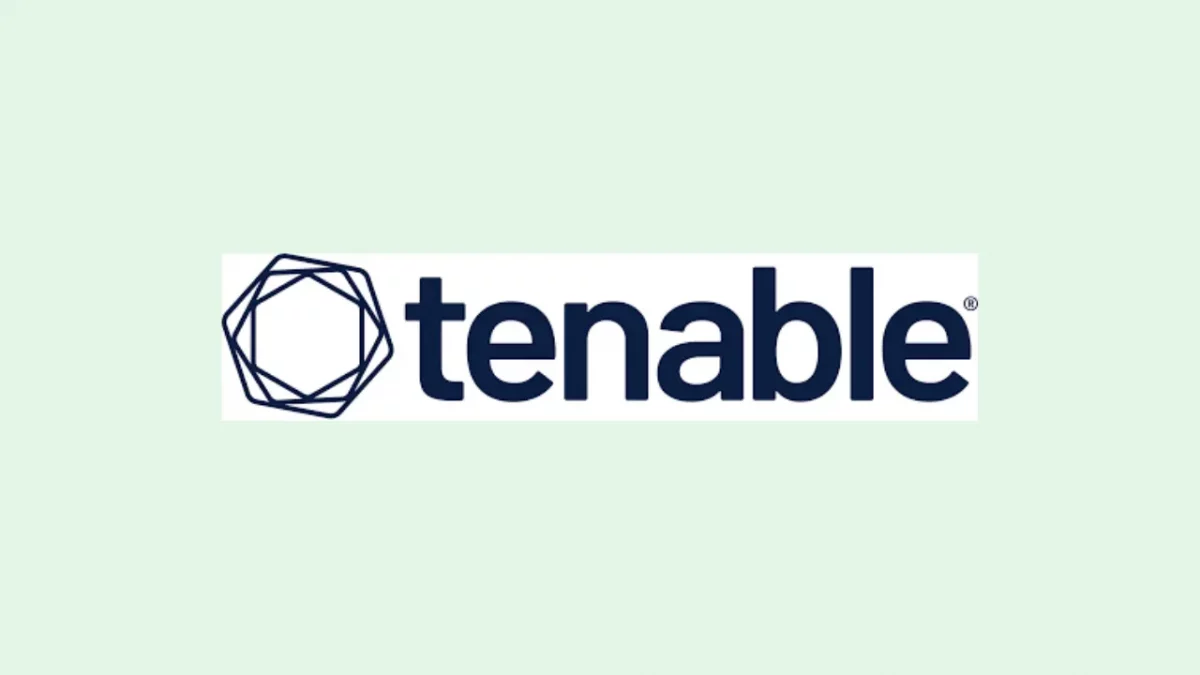
Nessus is a widely used vulnerability scanner known for its speed and accuracy. It’s trusted by security professionals and organizations worldwide. Nessus scans networks, systems, and applications for vulnerabilities, providing detailed reports and remediation recommendations.
Nexpose
Nexpose, now part of Rapid7, is a vulnerability management solution that offers advanced scanning capabilities and vulnerability prioritization. Nexpose scans networks, assets, and web applications to identify vulnerabilities, helping organizations focus on critical security issues.
These vulnerability scanning tools play a crucial role in maintaining strong cybersecurity defenses. They help organizations and ethical hackers stay one step ahead of potential threats by identifying and addressing vulnerabilities before they can be exploited. Regular vulnerability scans are a proactive approach to safeguarding digital assets and ensuring the security of systems and networks.
Ethical Hacking Password Cracking Tools
Password security is a cornerstone of cybersecurity. In a world where passwords protect our most sensitive information, ensuring their strength is paramount. Ethical hackers use password-cracking tools to test the integrity of these security measures, much like a locksmith testing the strength of a lock. In this section, we’ll explore the importance of password security and introduce you to some commonly used password-cracking tools:
Passwords are the digital keys to our personal, financial, and professional lives. They guard our email accounts, bank accounts, and confidential data. Ensuring robust password security is the first line of defense against unauthorized access and cyber threats. Weak or easily guessable passwords are akin to leaving the front door of your digital life wide open for attackers.
Ethical hackers employ password-cracking tools to identify weak passwords, assess security vulnerabilities, and help organizations strengthen their defenses. These tools simulate various attack scenarios to test the strength of passwords, ensuring that only those with the proper credentials can access sensitive systems or data.
Now, let’s meet some commonly used password-cracking tools:
John the Ripper
John the Ripper is one of the oldest and most popular password-cracking tools. It’s highly customizable and can crack a variety of password hashes. John the Ripper uses dictionary attacks, brute-force attacks, and other techniques to crack passwords. It supports various hash algorithms and is known for its speed.
Hashcat
Hashcat is a powerful, open-source password-cracking tool that supports a wide range of hashing algorithms and attack modes. Hashcat employs advanced techniques, including dictionary, mask, and rule-based attacks, to crack password hashes quickly and efficiently.
Hydra
Hydra is a versatile password-cracking tool that specializes in brute-force attacks, dictionary attacks, and hybrid attacks. Hydra can crack passwords for various services and protocols, making it suitable for testing the security of network services, web applications, and more.
These password-cracking tools are essential for ethical hackers to assess and reinforce password security. By revealing weak passwords, organizations can strengthen their defenses, ensuring that only authorized individuals can access sensitive information and systems. Strong password security is a fundamental pillar of cybersecurity, and these tools help ensure its effectiveness.
Ethical Hacking Exploitation Tools
Exploitation tools are the Swiss Army knives of ethical hacking. They serve a dual purpose: to identify vulnerabilities and weaknesses in computer systems and to demonstrate the potential consequences of these vulnerabilities. In this section, we’ll explore the role of exploitation tools in ethical hacking and introduce you to some essential ones:
Exploitation tools are both a shield and a sword in the hands of ethical hackers. Their primary purpose is to uncover and exploit vulnerabilities in computer systems, networks, and applications. These tools simulate cyberattacks to demonstrate the potential consequences of security weaknesses. By doing so, ethical hackers help organizations understand the gravity of these vulnerabilities and take proactive steps to mitigate them.
Now, let’s meet some essential exploitation tools:
Metasploit
Metasploit is the gold standard for penetration testing and exploitation. It allows ethical hackers to simulate real-world cyberattacks, identify vulnerabilities, and assess their impact on a system. Metasploit provides a vast arsenal of exploits, payloads, and auxiliary modules. Ethical hackers can use it to gain unauthorized access, extract sensitive data, or compromise systems for educational and defensive purposes.
Burp Suite
Burp Suite is a comprehensive cybersecurity tool for web application security testing. It helps ethical hackers find and exploit vulnerabilities in web applications. Burp Suite offers features like web crawling, scanning, and vulnerability analysis. It enables ethical hackers to identify security flaws such as SQL injection, cross-site scripting (XSS), and more.
SQLMap
SQLMap is a specialized tool for detecting and exploiting SQL injection vulnerabilities in web applications. Ethical hackers use SQLMap to probe web applications for SQL injection flaws, which could lead to unauthorized access to databases and sensitive information. It automates the process of identifying and exploiting SQL vulnerabilities.
These exploitation tools are indispensable for ethical hackers in their mission to strengthen cybersecurity. By demonstrating the potential consequences of vulnerabilities, they help organizations understand the urgency of securing their systems. However, it’s essential to emphasize that ethical hackers use these tools responsibly and legally, with the primary goal of improving security.
Ethical Hacking Wireless Hacking Tools
Securing wireless networks is vital in today’s interconnected world, where Wi-Fi is the lifeblood of our digital existence. However, it’s equally important to understand their vulnerabilities. Wireless hacking tools help ethical hackers test the security of Wi-Fi networks, ensuring that they are robust and safe from unauthorized access. In this section, we’ll discuss the significance of securing wireless networks and introduce you to some essential wireless hacking tools:
Wireless networks, while convenient, are susceptible to a variety of security risks. Unauthorized access to a Wi-Fi network can lead to data breaches, identity theft, and privacy violations. It’s crucial to identify and address vulnerabilities to protect sensitive information and maintain the integrity of wireless connections.
Now, let’s explore some significant wireless hacking tools:
Aircrack-ng
Aircrack-ng is a powerful suite of tools for assessing Wi-Fi network security. It is primarily used for cracking WEP and WPA/WPA2-PSK keys. Aircrack-ng captures Wi-Fi data packets, analyzes them, and attempts to crack the encryption keys. It can reveal vulnerabilities in the network’s encryption and authentication mechanisms.
Reaver
Reaver is a tool designed specifically for testing WPS (Wi-Fi Protected Setup) security. It identifies vulnerabilities related to WPS PINs. Reaver sends WPS PIN guesses to the router and, if successful, retrieves the Wi-Fi password. It helps assess the security of Wi-Fi networks that use WPS for quick setup.
Fern Wi-Fi Cracker
Fern Wi-Fi Cracker is a user-friendly, GUI-based tool for auditing and cracking wireless networks. It can perform various attacks, including WEP and WPA/WPA2 cracking. Fern Wi-Fi Cracker simplifies the process of capturing packets, performing attacks, and cracking passwords, making it accessible to a broader audience.
These wireless hacking tools help ethical hackers and security professionals uncover vulnerabilities in Wi-Fi networks, enabling organizations to strengthen their wireless security measures. Responsible and authorized use of these tools ensures that Wi-Fi networks remain a safe and reliable means of connectivity in our digital world.
Ethical Hacking Forensic Tools
Digital forensics is the art of uncovering digital evidence and solving digital mysteries. In the realm of ethical hacking, it plays a crucial role in understanding and investigating security incidents, breaches, and cybercrimes. Just as a detective uses forensic tools to solve crimes, ethical hackers employ digital forensic tools to examine and analyze digital evidence. In this section, we’ll explore the field of digital forensics and introduce you to some key forensic tools:
Digital forensics is like the Sherlock Holmes of the digital world. It involves collecting, preserving, analyzing, and presenting digital evidence in a legally sound manner. In ethical hacking, digital forensics serves several purposes:
- Incident Response
- Evidentiary Support
- Security Auditing
Now, let’s meet some essential digital forensic tools:
Autopsy
Autopsy is an open-source digital forensics platform that simplifies the process of analyzing disk images and files. It is widely used for post-mortem examinations of digital devices. Autopsy provides a user-friendly interface for examining file systems, recovering deleted files, and extracting information from disk images and memory dumps.
EnCase
EnCase is a leading commercial digital forensic software suite trusted by law enforcement agencies and cybersecurity professionals. It offers comprehensive tools for evidence collection and analysis. EnCase allows forensic experts to acquire, analyze, and report on digital evidence from various sources, including hard drives, mobile devices, and cloud storage.
The Sleuth Kit (TSK)
The Sleuth Kit is an open-source library and collection of command-line digital forensic tools. It provides a foundation for building custom forensic solutions. TSK includes tools for examining file systems, timeline analysis, and file recovery. It is often used in combination with Autopsy for a comprehensive digital forensics toolkit.
These digital forensic tools are essential for ethical hackers to uncover and analyze digital evidence. Whether they’re investigating security incidents, conducting audits, or supporting legal proceedings, digital forensics plays a critical role in maintaining the integrity of digital investigations and ensuring the responsible use of digital evidence.
Ethical Hacking Social Engineering Tools
Social engineering is a crafty and often underestimated aspect of ethical hacking. Unlike traditional hacking, which exploits technical vulnerabilities, social engineering exploits the human element. It manipulates people into revealing confidential information, clicking on malicious links, or performing actions compromising security. Ethical hackers use social engineering tools to understand and defend against these tactics. In this section, we’ll delve into the concept of social engineering and introduce you to key tools:
In ethical hacking, social engineering replicates real-world techniques used by cybercriminals. Its primary purpose is to test an organization’s vulnerability to manipulation and deception. Social engineering tools help ethical hackers assess an organization’s susceptibility to tactics like phishing, pretexting, baiting, and tailgating. By identifying weak links in the human chain, ethical hackers can advise organizations on improving their security awareness and practices.
Now, let’s meet some vital social engineering tools:
Social-Engineer Toolkit (SET)
The Social-Engineer Toolkit is a powerful open-source tool designed to facilitate social engineering attacks. It simplifies the process of crafting convincing phishing campaigns, payload delivery, and exploitation. SET provides a user-friendly interface for creating malicious emails, websites, and payloads. It includes attack vectors like credential harvesting, spear-phishing, and more.
BeEF (Browser Exploitation Framework)
BeEF is a potent framework for assessing web browser security and conducting browser-based social engineering attacks. It helps ethical hackers exploit vulnerabilities in web browsers. BeEF leverages web browser vulnerabilities to gain control over a target’s browser, allowing ethical hackers to perform actions like command execution, keylogging, and cookie theft.
These social engineering tools provide ethical hackers with the means to test and improve an organization’s defense against human-based threats. By understanding how social engineering attacks work and using these tools responsibly, ethical hackers help organizations strengthen their security posture and protect against deceptive tactics employed by malicious actors.
Ethical Hacking Reporting Tools
These practices are essential for ensuring that ethical hacking projects are successful, accountable, and actionable. Reporting tools help professionals present their findings effectively, translating complex technical details into clear and actionable insights. In this section, we’ll emphasize the importance of documentation and reporting in ethical hacking and introduce you to some key reporting tools:
Documentation and reporting are the backbone of ethical hacking projects for several reasons:
- Transparency
- Accountability
- Communication
- Actionable Insights
Now, let’s explore some essential reporting tools:
Dradis Framework
Dradis Framework is an open-source collaboration and reporting platform for information security teams. It streamlines the process of gathering, documenting, and presenting findings. Dradis Framework allows ethical hackers to create structured reports, import scan results from various tools, and collaborate with team members. It supports customizable templates for standardized reporting.
Faraday
Faraday is an integrated multi-user, collaborative, and open-source environment for managing and reporting on security assessments. It simplifies the reporting process and promotes teamwork. Faraday enables ethical hackers to import and scan data, manage vulnerabilities, and generate customizable reports. It also supports collaboration, making it suitable for team-based projects.
These reporting tools are instrumental in ethical hacking projects, ensuring that findings are effectively communicated, actionable recommendations are provided, and security vulnerabilities are addressed. By using reporting tools, ethical hackers help organizations enhance their cybersecurity posture and protect against potential threats.
Legal and Ethical Considerations in Ethical Hacking
Ethical hacking is a noble endeavor, but it must always be guided by a strong moral compass and an unwavering commitment to legal boundaries. As guardians of digital security, ethical hackers bear a significant responsibility to protect the digital world while adhering to strict ethical guidelines and legal regulations.
The Importance of Responsibility and Legal Compliance
- Respect for Privacy
- Authorized Access
- Data Protection
- Non-Destructive Testing
Ethical Guidelines for Ethical Hackers
- Always obtain written consent from system owners or administrators before conducting any security testing.
- Be transparent about the scope, methods, and objectives of security assessments to avoid misunderstandings or unnecessary panic.
- Ethical hackers should never engage in malicious activities or use their skills to harm individuals, organizations, or systems.
- Maintain the confidentiality of sensitive information encountered during assessments. Do not disclose or misuse this information.
Ethical hacking is a noble and critical field in the digital age, but it must be carried out with the utmost responsibility and adherence to legal and ethical guidelines. Ethical hackers play a vital role in enhancing cybersecurity and protecting individuals and organizations from cyber threats, all while upholding the highest ethical standards and complying with the law.
Conclusion
We encourage everyone to explore ethical hacking responsibly. By doing so, you can help make the internet a safer place.
Remember, being an ethical hacker is not just a job; it’s a commitment to keeping our digital world safe. Use these tools wisely, and let’s work together to protect our digital fortresses and the valuable data inside them.
FAQs
For beginners, it’s important to start with user-friendly tools that have a lower learning curve. Some recommended tools include Nmap for network scanning, Wireshark for packet analysis, and John the Ripper for password cracking. These tools provide a solid foundation for learning ethical hacking.
No, not all tools are legal to use without proper authorization. Ethical hackers must obtain explicit permission from system owners or administrators before using these tools for testing or assessments. Using hacking tools without permission can lead to legal consequences.
Open-source ethical hacking tools are freely available for anyone to use and often have an active community of developers and users. Commercial tools, on the other hand, typically require a paid license and offer additional features, support, and sometimes more user-friendly interfaces. The choice between open-source and commercial tools depends on the specific needs and resources of the ethical hacker or organization.

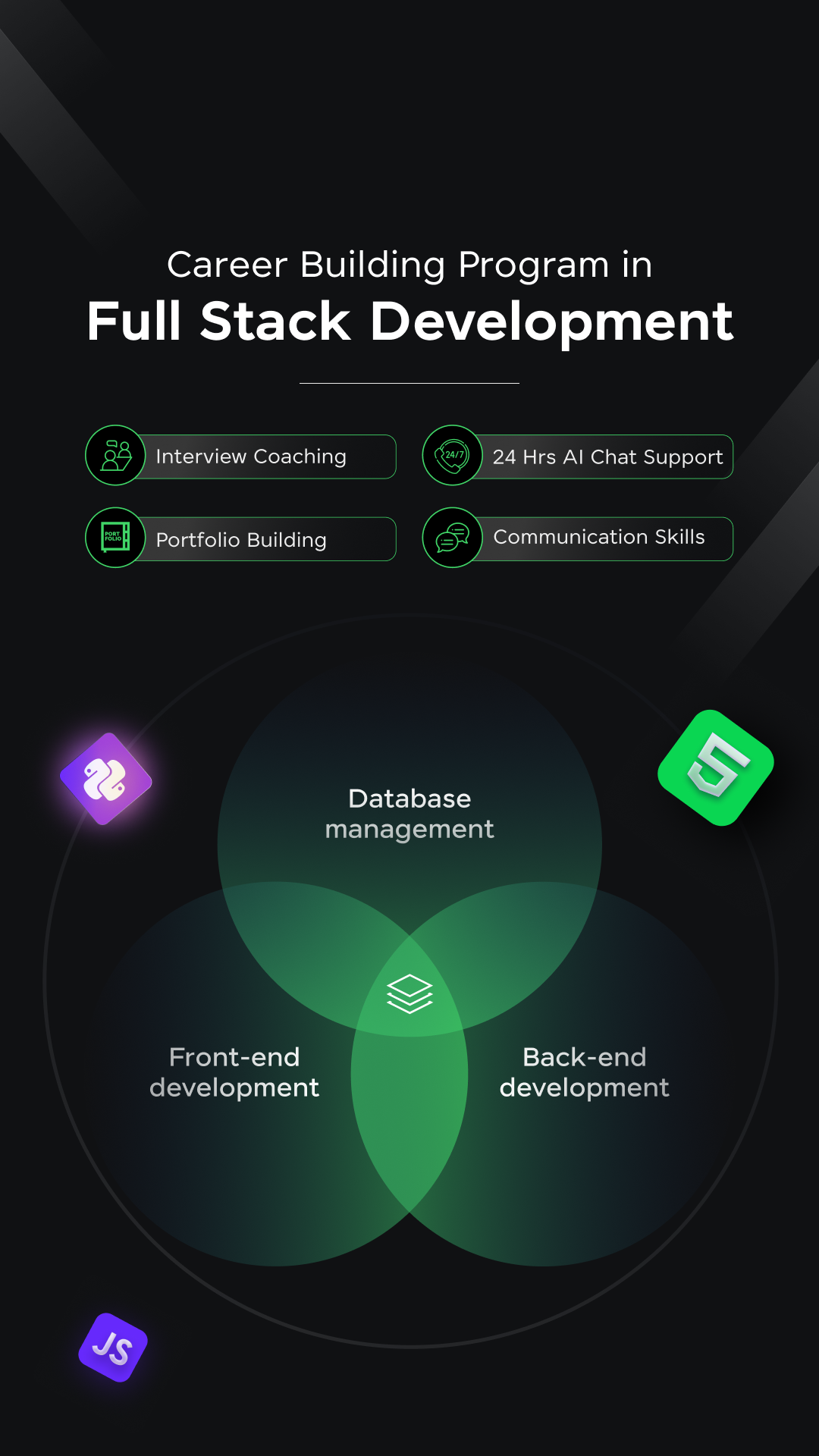



















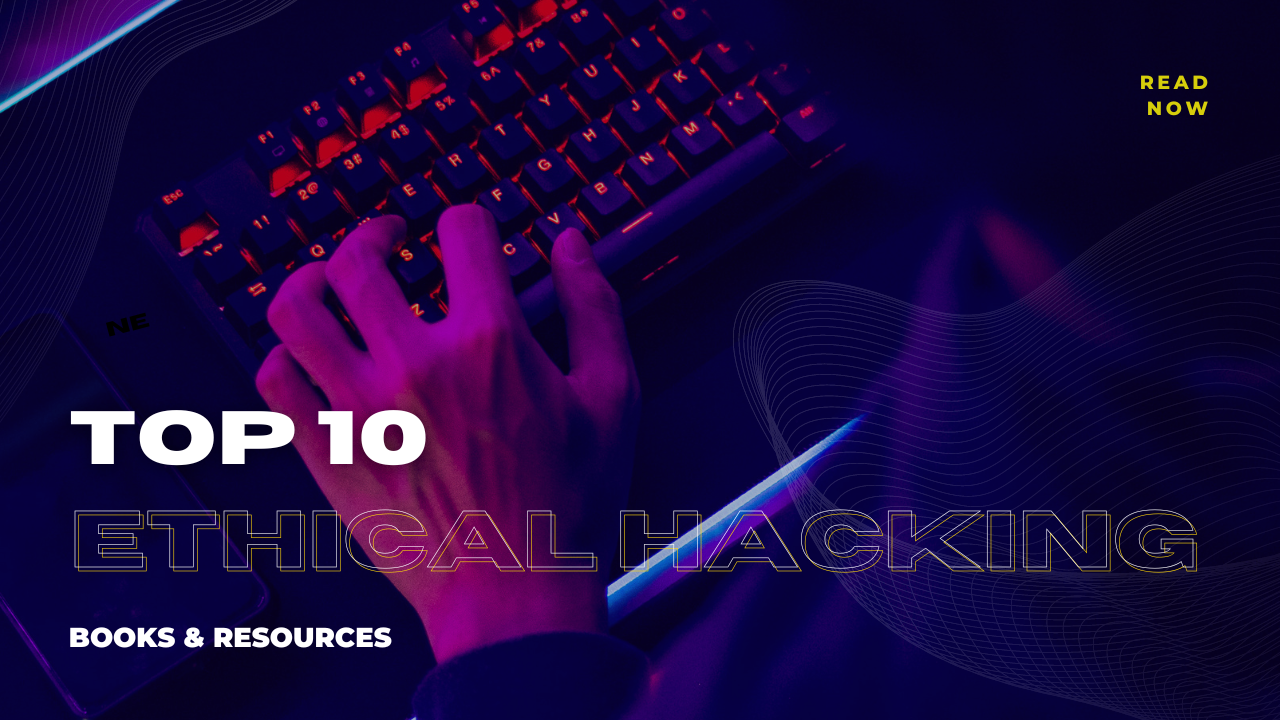

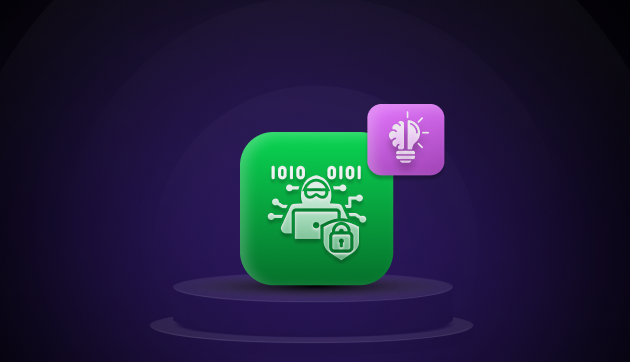
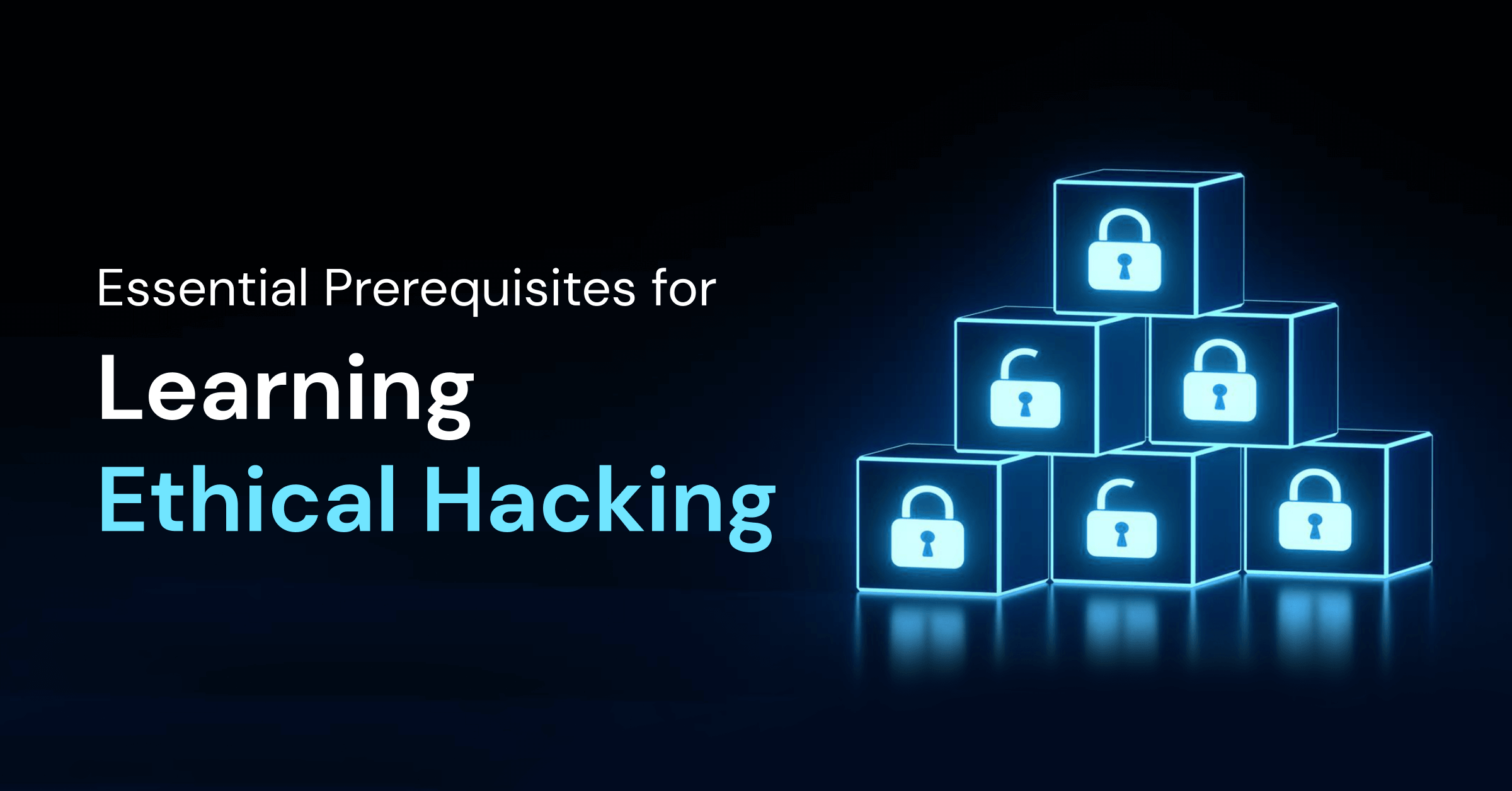



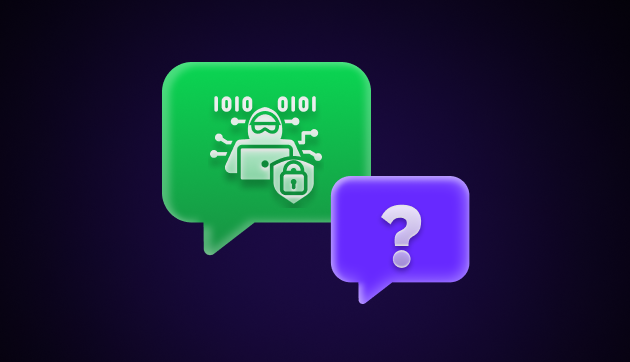


want to learn hacking